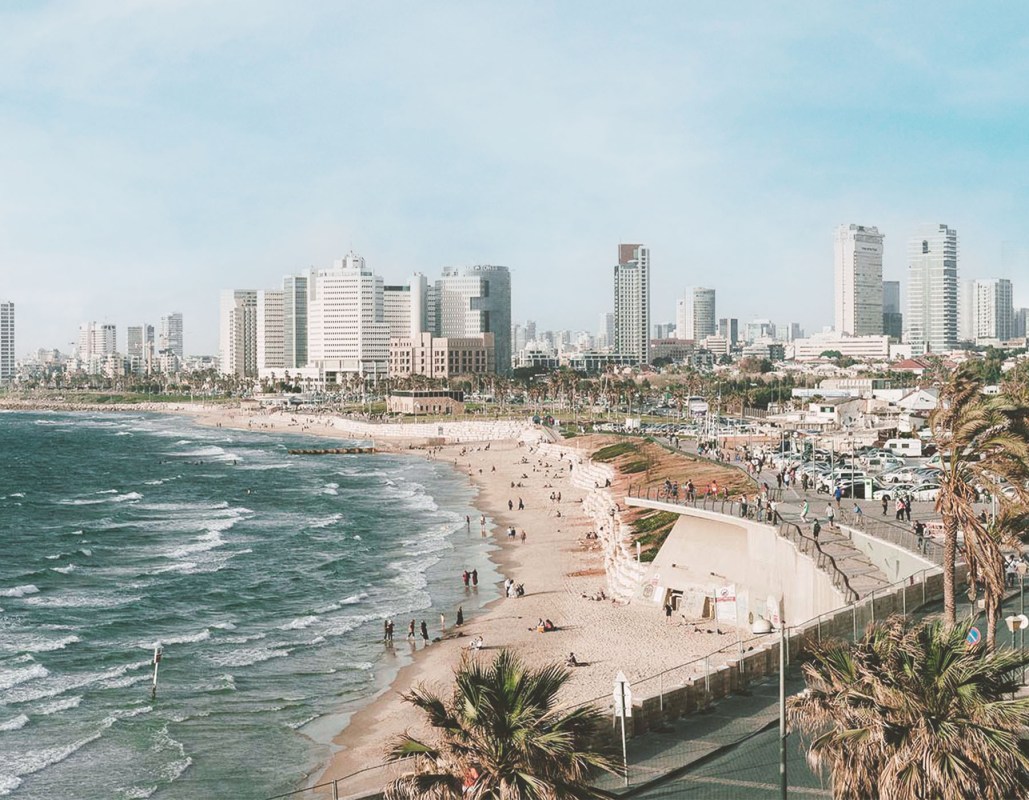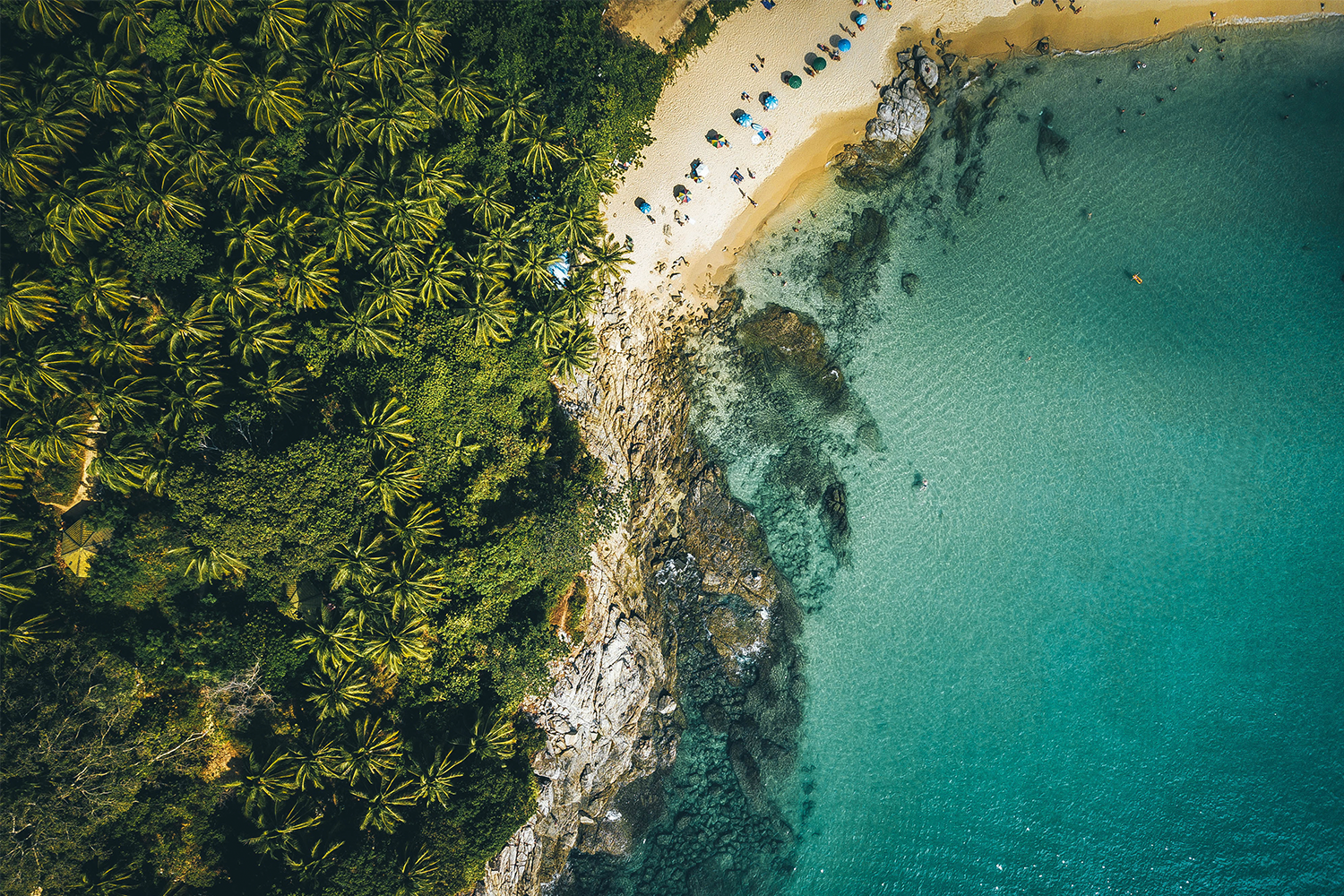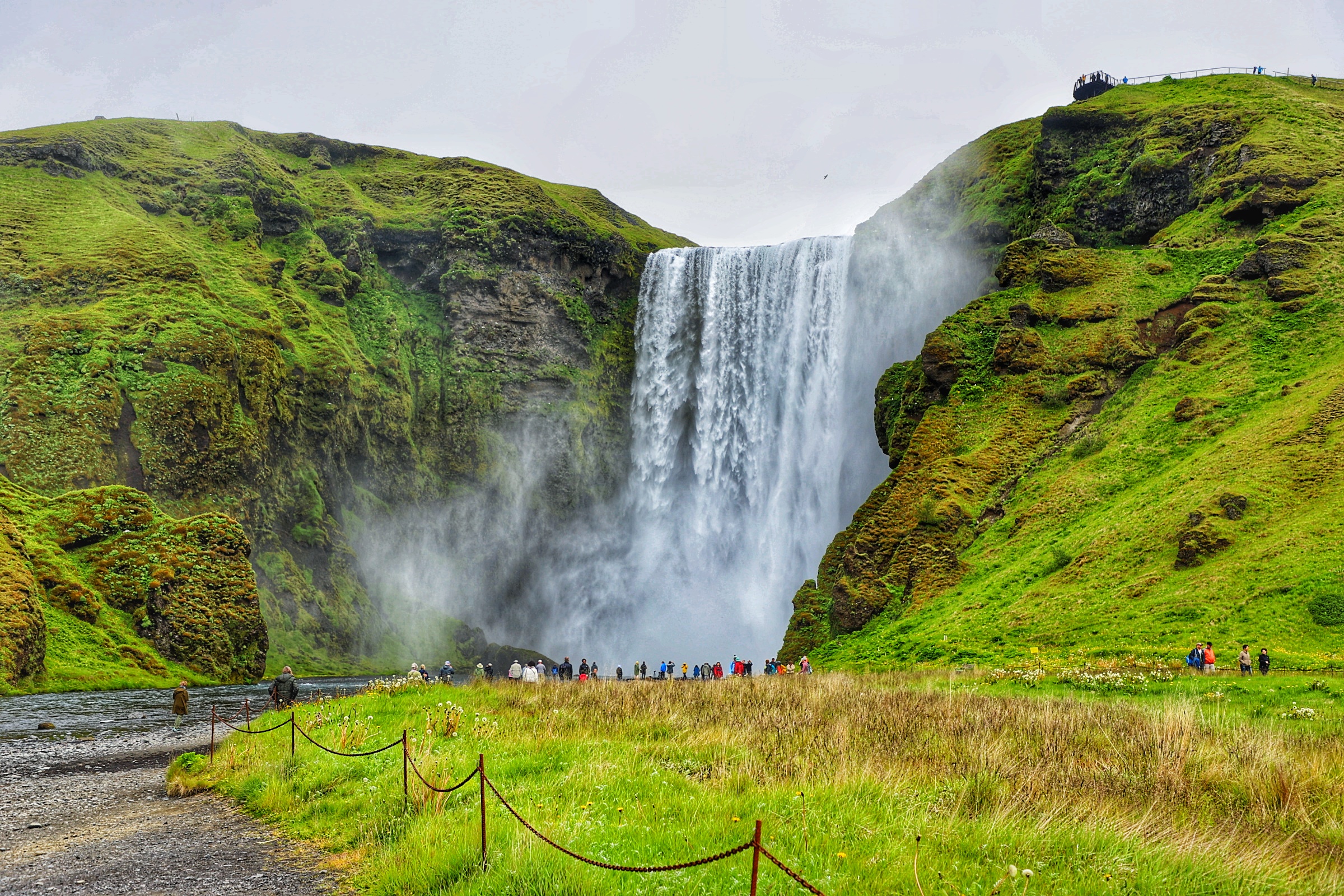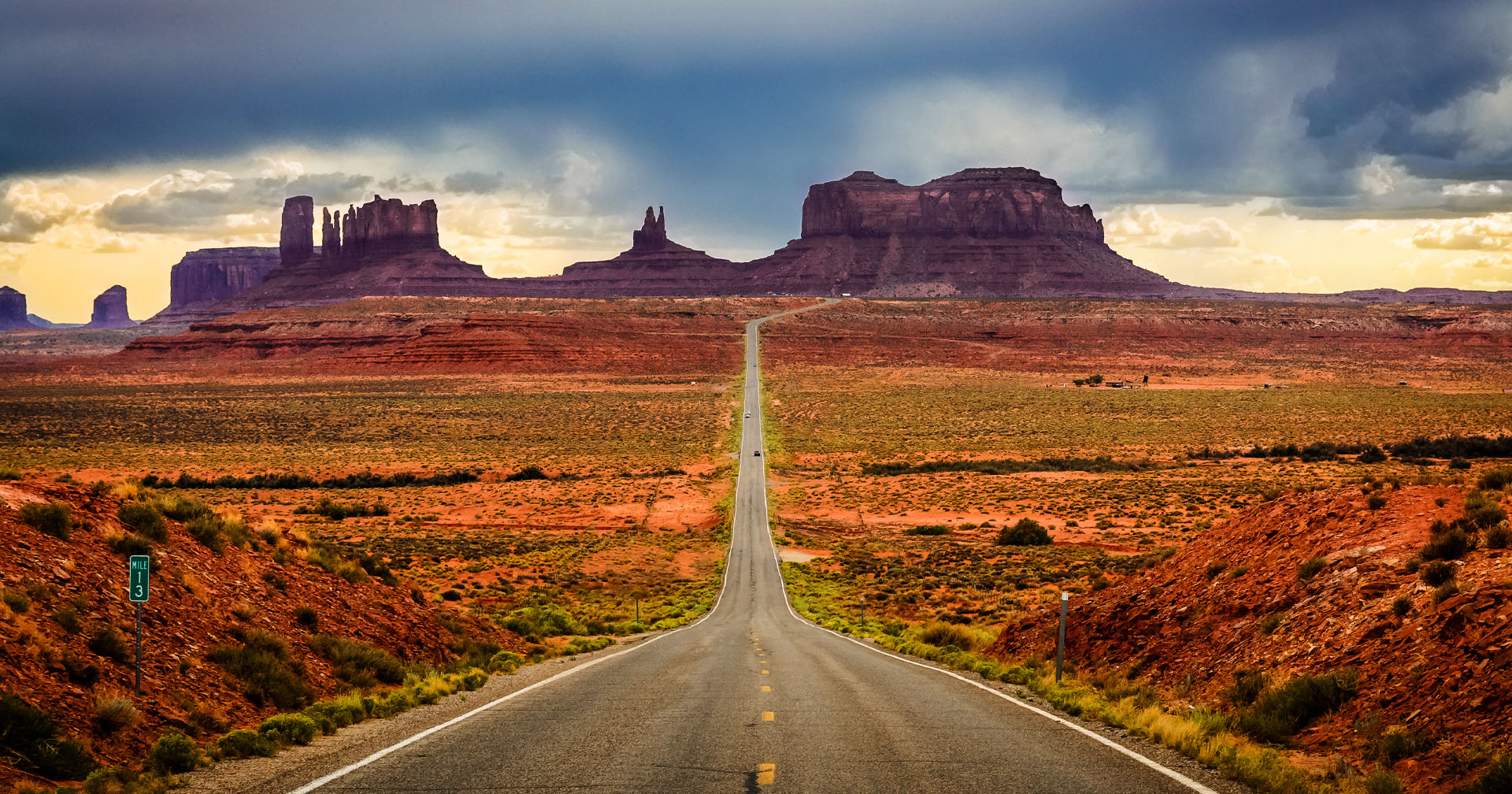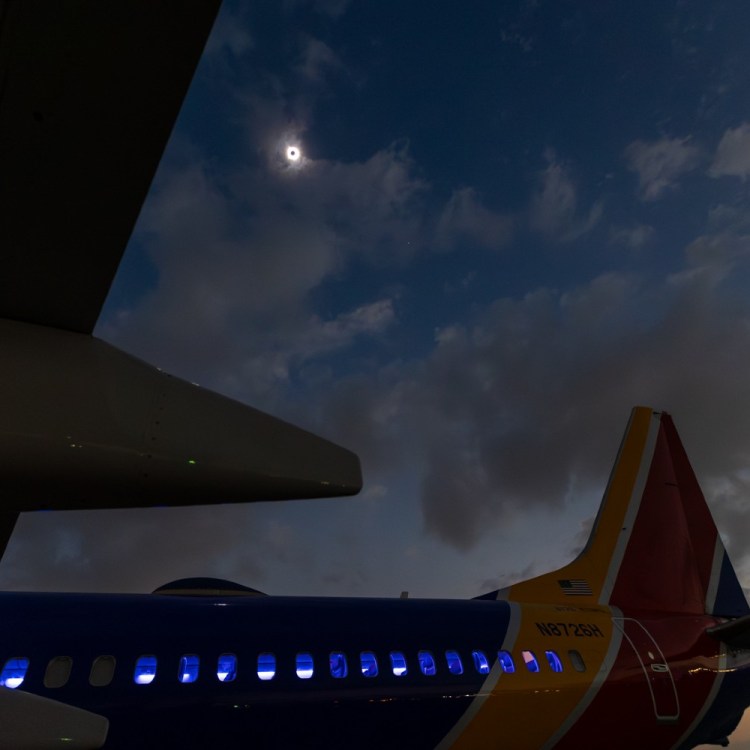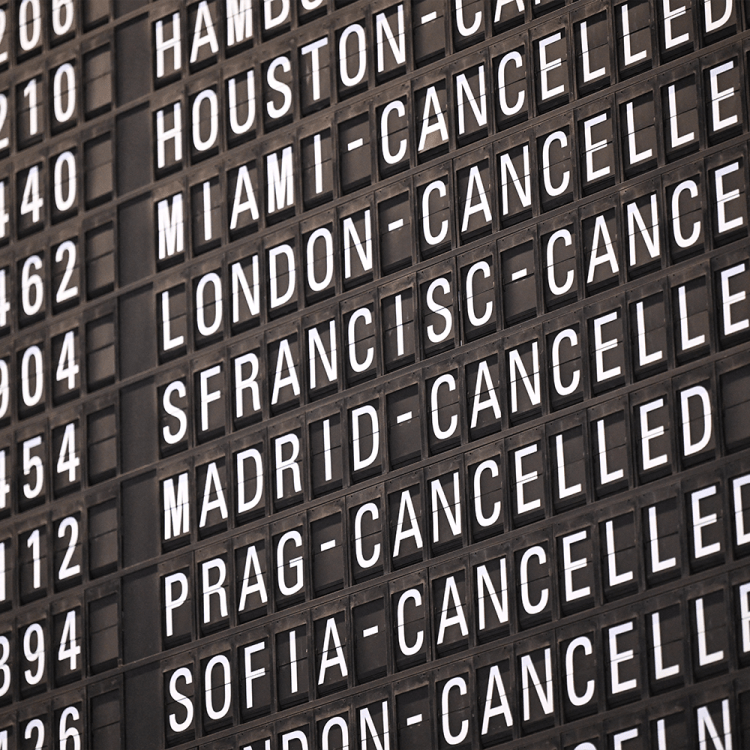For the uninitiated, Israel is a country of unparalleled history, a robust culinary scene and world renowned beaches. There are also mountains and lakes and large expanses of deserts and ancient cities juxtaposed with newer, emerging culture hubs, too. Square mileage-wise, it’s only about the size of New Jersey and yet, it feels like you could dedicate an entire lifetime to peeling back its layers — a worthy pastime based on the fact that there are upwards of 30,000 archaeological sites in Israel. All that is to say it’s vibrant, bursting with flavor, and why it was peaking as a tourist destination just before the pandemic, welcoming a record breaking 4.5 million tourists in 2019. In March of 2022, Israel officially began welcoming tourists again and, after having visited last month and explored (both the new and, naturally, the old), we can confirm that there’s never been a better time to go.
In terms of getting around the country, you have a few options — and, fortunately, the itinerary below lends itself to all of them. Whether you decide to rent a car, rely on public transportation or go through a tour company, it’s important to note that getting around Israel is both easy and safe.
That said, we went with a tour guide. If you, too, believe this to be the path of least resistance — Igal Zeevi is the only choice. (Actually there are just shy of 7,500 other choices, but we said what we said.) Born and raised in Israel, Igal has worked as a tour guide since 2005 and while we know, from a logical standpoint, that there exist people who know more about the country and its history than him, we still have a hard time believing it.
It is also with Igal’s help that we bring to you: The Perfect 7 Day Itinerary. Here, you’ll find the best eateries, the newest hotels and all the things that shouldn’t be missed.
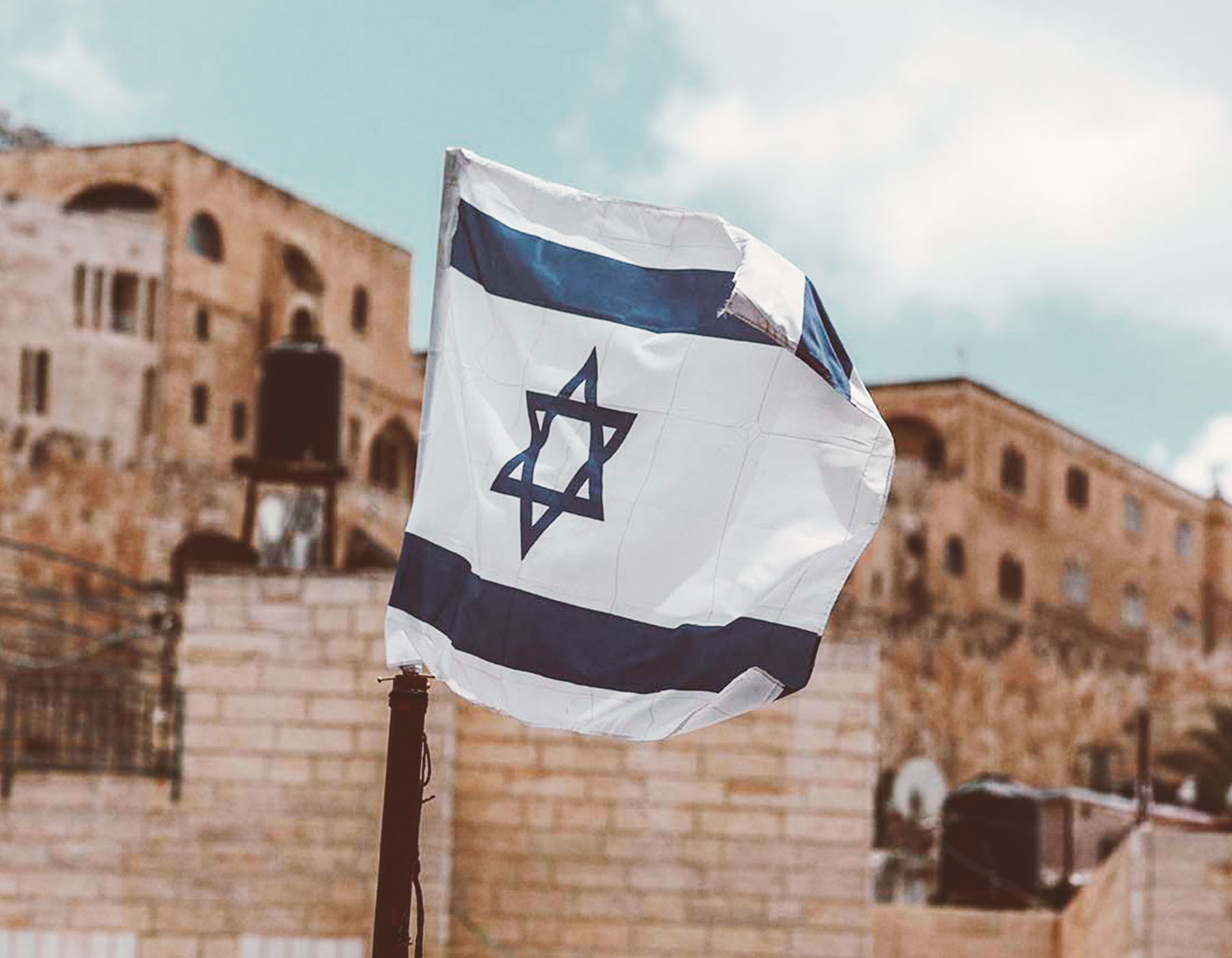
Welcome to Tel Aviv
A zesty, young, good-time place — also considered Israel’s cultural and commercial capital — Tel Aviv is Israel’s second largest city with a population of just over 400,000 and second most frequented city, after Jerusalem. And while it’s not the capital of Israel — if you ask the locals — it should be. Its claim to fame include a burgeoning nightlife, long stretches of beach along the Mediterranean sea and a robust culinary scene. It’s an idyllic destination for vegetarians and vegans alike, yet it’s also often jokingly referred to as “the city of burgers.” In short, there’s a little something for everyone.
Day 1:

Stay: The Lighthouse is a new hotel located in the heart of the city and just minutes from both the beach and the famous Tel Aviv market. Housed in a former office building, The Lighthouse has 208 rooms, a sky bar with 360 degree views of the city and a basement dance club. It’s boutique-feeling in spite of its size and vibey, too — the music plays 24/7 and, no, they won’t turn it down.

Do: Being that you’re likely fresh off a long day, or night, of travel and already feeling the effects of jetlag — head to the beach, dip your toes in the Mediterranean, and relax.
There are many public, soft-sand beaches in Tel Aviv — Banana Beach, Metzitzim Beach, Hilton Beach and Gordon Beach among them — and all come highly recommended. While the latter is arguably the best suited for sports and other such activities (there is a pool nearby), all of them have workout facilities and volleyball nets. You’ll typically find locals there as early as 6:00am and as late as 11:00pm (the volleyball courts have spotlights) and many of the beachfront restaurants are open 24 hours. The water crystal clear and, at least in the summer months, the temperature hovers in the low 80s.

Eat: After a decade of construction (there was nothing but a parking lot in its place previously) the The David Kempinski — one of only four or five international hotel brands in Tel Aviv opened last month. A behemoth of a hotel, it offers a range of dining concepts and, more importantly, it’s just steps from the beach. Head to the Sereia Lounge and order the tomato cloud, smoky salmon, maybe a smoothie, and a Hugo Spritz. Or ten Hugo Spritzes.
Day 2:

Eat: Located in the Jaffa market, Puaa is a cozy café with a traditional Israeli menu and an eclectic assortment of vintage decor and tableware — seriously, no two plates are the same. You can sit either inside or outside, and the service is as good as the food.
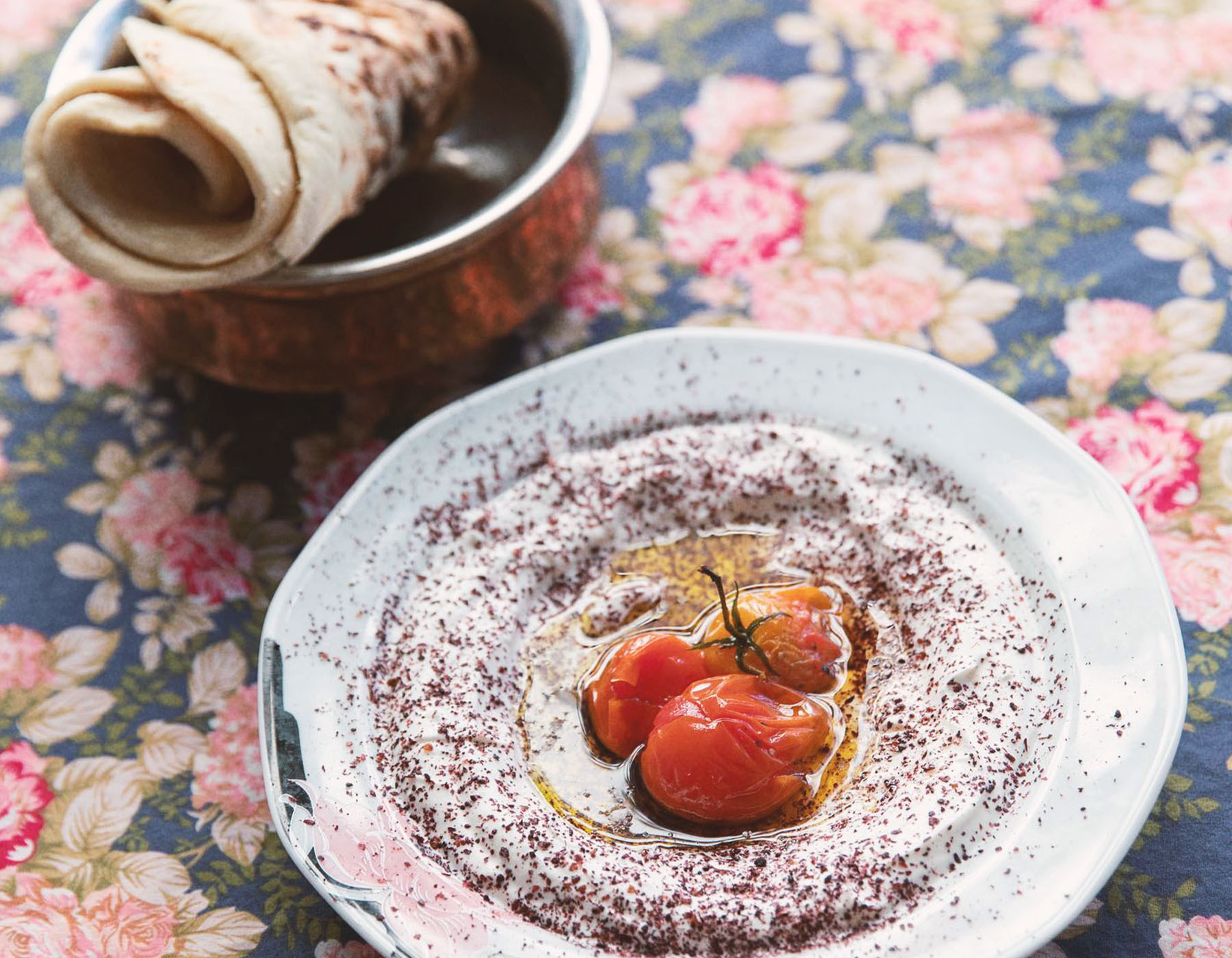
Pro Tip: It’s all about the starters — order the Goat Labneh Cheese (important), Red Tahini and the Fried Cauliflower.

Do: Explore Jaffa. Just a 20 minute walk, or five minute drive, from Tel Aviv, is the oldest and most southern part of the city. Full of older, Mediterranean-style structures built on top of even older structures (from the Greeks, Romans and Crusaders), you can easily spend hours just wandering the streets, checking out the architecture. It’s also home to the Jaffa Flea Market, which is by and large considered to be one of the most exciting markets in Tel Aviv.
Day 3:

Do: Take a road trip to Ein Avdat National Park, in the Zin Valley. It’s close to a two hour drive from Tel Aviv, open seven days a week and the entrance fee is just 28 shekels — or roughly $8. There are a handful of all-dirt trails to choose from, all of which vary in difficulty, with attractions that include waterfalls, oases, desert flora and ibex. Lots of ibex. The terrain is bone-dry, aside from the spring for which the park is named, that lies at the foot of a narrow canyon.
Pro Tip: Bring water and sunscreen. (Obviously.)

Stay: Roughly a ten minute drive from the park, Kedma is a Nabatean khan-style hotel designed to feel like an oasis in the Negev desert. All of the rooms are designed to feel almost mudhouse-like, with all eco-friendly, homemade amenities and adornments (in virtually every interior there is impressive amounts of macrame made by a single woman by the name of Adi) — a nod to the Bedouin people, from whom designer Ruth Arad drew inspiration.

Eat: Order from the Kedma lobby menu. You’re in the desert, don’t forget, and dining options are few and far between, but no matter — the lobby menu has an array of Spice Route-inspired flavors. You should once again take this opportunity to order labneh cheese and flatbread.
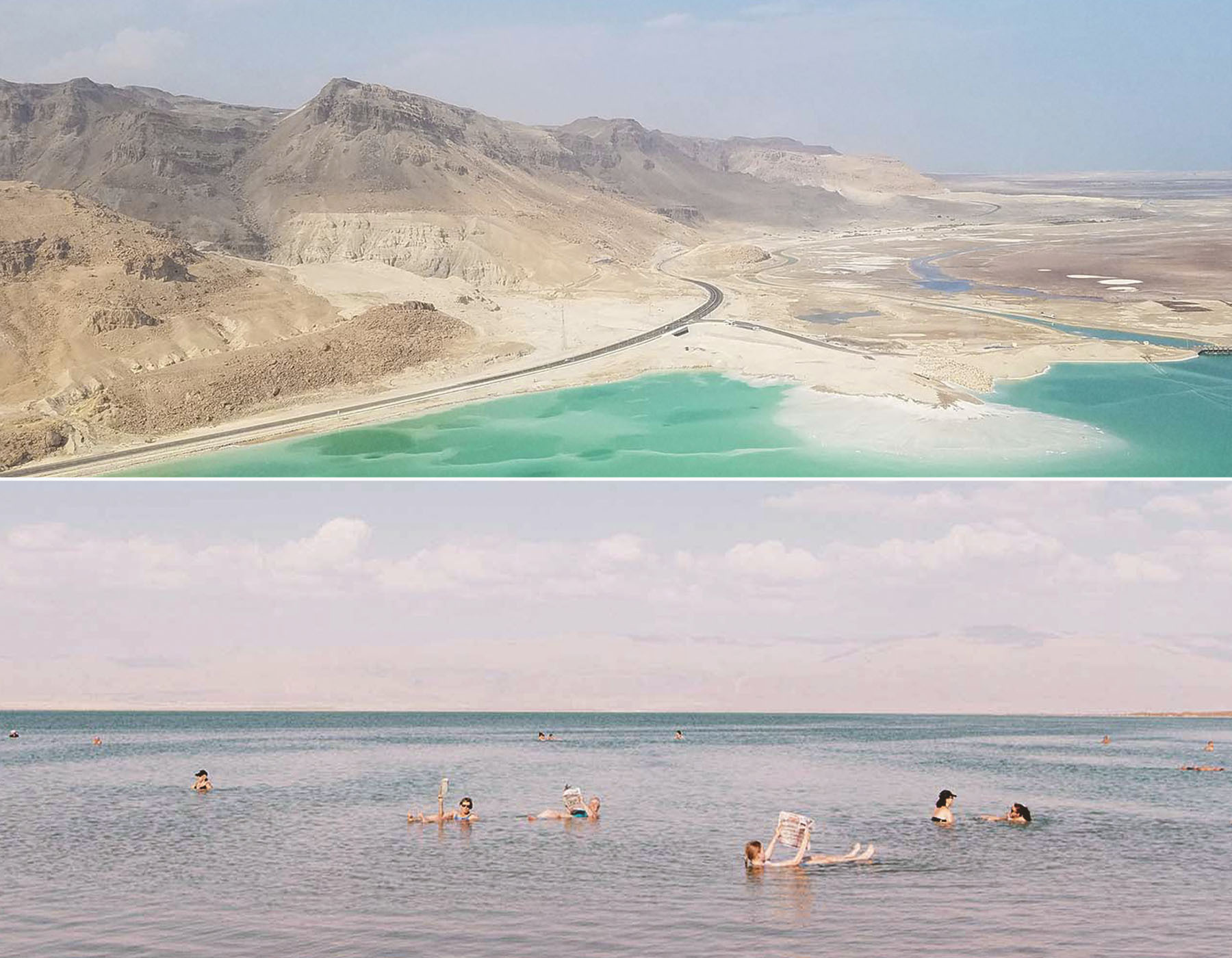
Welcome to The Dead Sea
Bordered by Jordan to the east and Israel to the west — at 430 meters below sea surface — the Dead Sea has the lowest elevation and is the lowest body of water of anywhere on Earth. Further, it’s the seventh saltiest body of water in the world, behind Antarctica’s Don Juan Pond, Lake Vanda and Djibouti’s Lake Assal. For this reason, the water is dense — denser, in fact, than the human body, which is why people are able to float so effortlessly in the Dead Sea. The seafloor mud is also a much sought after entity as it’s said to have healing properties capable of providing relief for arthritis, improving psoriasis and other skin impurities and easing muscle soreness. With its origin dating back to some four million years ago, the Dead Sea attracts around 800,000 tourists annually but with the water level going down by roughly one meter per year, it’s becoming increasingly ephemeral in nature.
Day 4:

Stay: The Isrotel Dead Sea is a 296 room, spa-resort hotel located on the shores of the southern part of the Dead Sea. It has its own private beach lining the turquoise-shaded southern basin, an exceptional spa facility fully equipped with a Dead Sea water pool in which you can float like the actual Dead Sea, as well as an outdoor, freshwater swimming pool. It’s clean, design-forward and family friendly.

Do: Go for a float in the Dead Sea. It’s a little rocky getting in thanks to the massive salt deposits all along the seafloor, but as soon as you’re about a foot in, you’re good to lay back into it. After that, swing by the Moshe Novomeiski Visitor Center. Positioned at the base of Mount Sodom, the visitor center pays tribute to the workers who settled in the exact location back in the early 1930’s, in pursuit of potash from the Dead Sea, and under nearly impossible circumstances at that. (Potash would eventually, at least for a time, go on to become Israel’s biggest industrial enterprise.)
Pro Tip: If you’re in the market for a massage, stop by the Herbert Samuel Spa after your tour and — if you can — ask for Nataly.
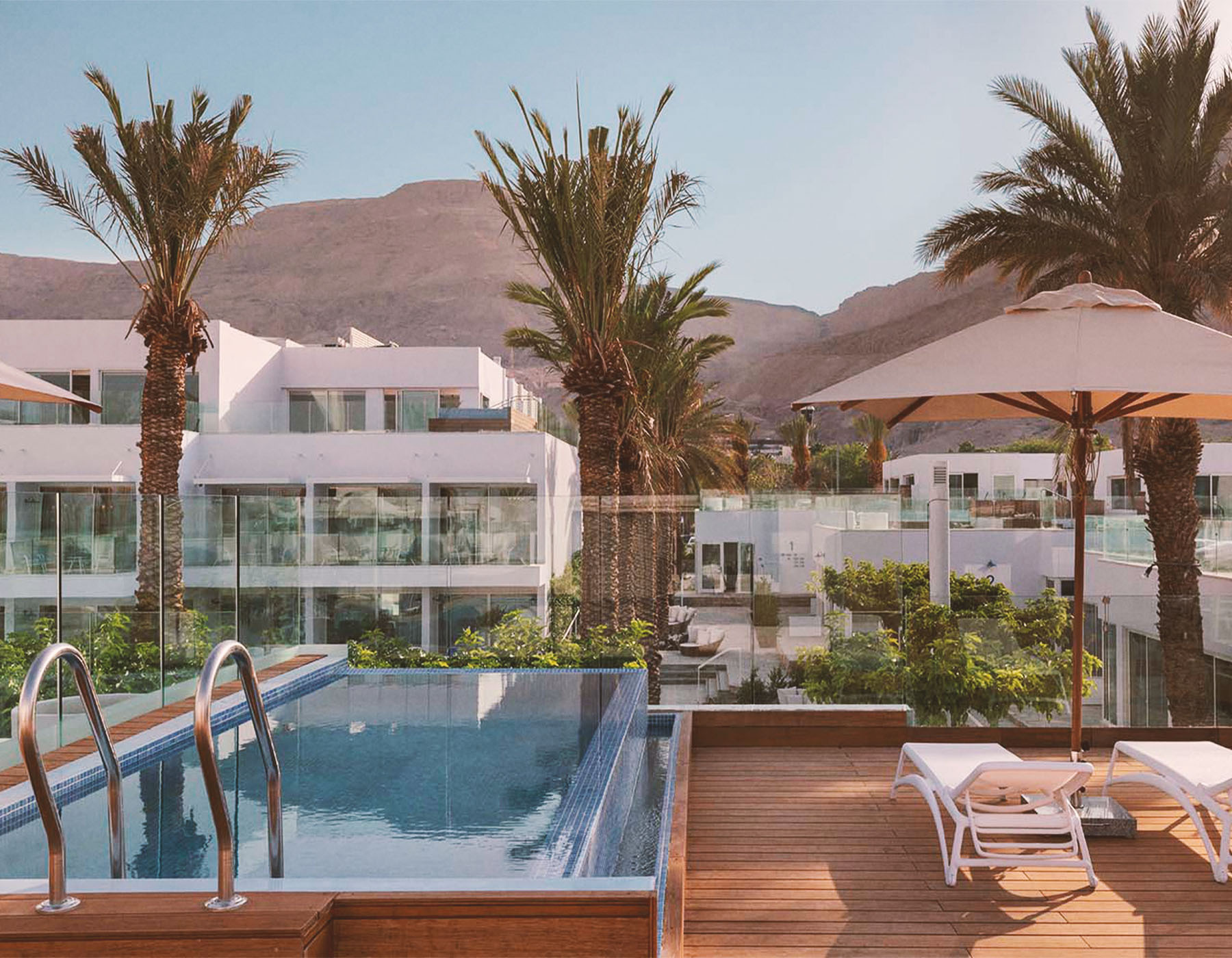
Day 5:

Stay: Milos is a Greek-style hotel (among other things, it was built using stones brought over from Greece and there are Greek performers by the pool) and one of the newest hotels at the Dead Sea (it opened in May 2019). It has 162 rooms, 20 private freshwater pools, a Dead Sea water pool, a private beach and gardens scattered all over the property — a rarity in the desert.
Pro Tip: Ask for Milos’ Welcome Cocktail, and tell them we sent you. (It’s unclear when exactly is in it, though it definitely involves some fresh lemon juice and a splash of absinthe.)

Eat: It’s hot out there — treat yourself to room service at Milos. (Spoiler alert: it’s Greek food.)
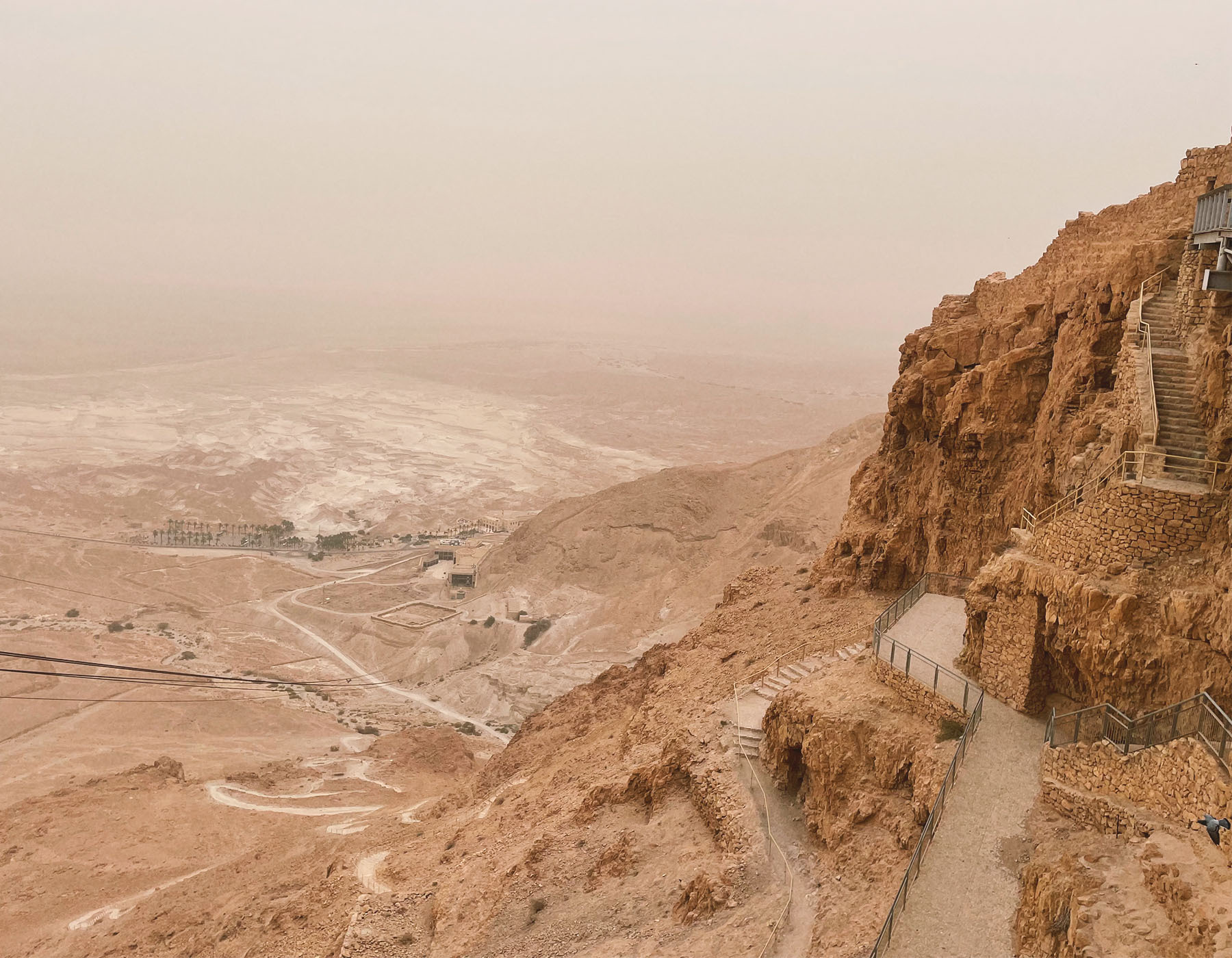

Do: Visit Masada. Masada is the remains of an old fortress built on top of a rock plateau and an UNESCO world heritage site. Originally built by Herod the Great, Masada was the last pocket of resistance for the Jews against the Romans, though the story ultimately ends with nearly 1,000 people committing mass suicide to evade capture. Today, it is one of the most popular tourist destinations in Israel…if not for its historical importance, then surely for its locale. The 840-acre complex sits (seemingly impossibly) 1,300 feet up on a literal cliff, in any otherwise totally uninhabited area — a true feat for the original architects, particularly when considering it was built over 2,200 years ago. Visitors are invited to either hike (there is a motel at the foot of the mountain for those who wish to get an early start) or take a cable car to the top. That said, it’s best to go early in the day — both to beat the crowds and the heat. Shade is virtually nonexistent at the top.
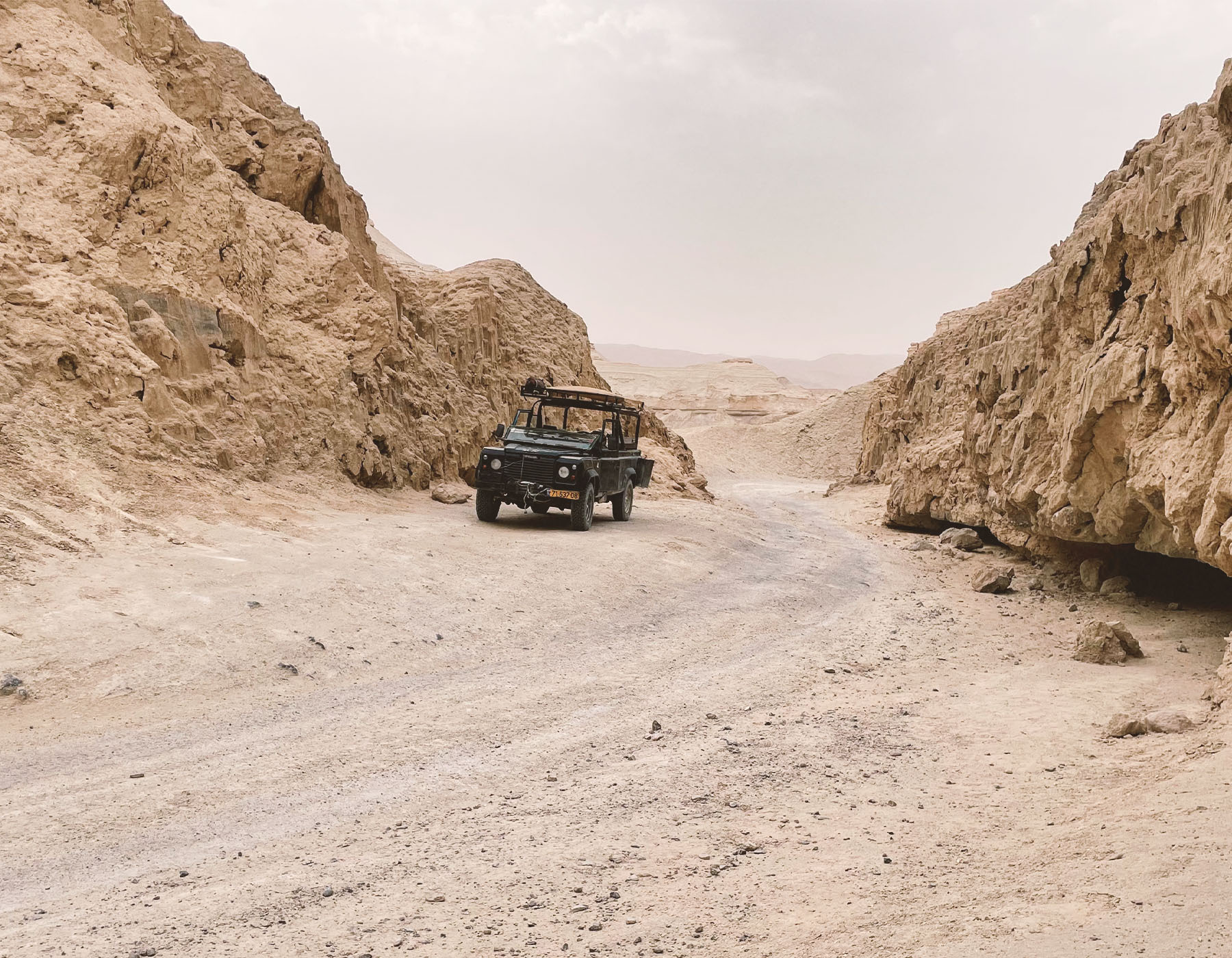

Do Part Deux: After Masada, take a guided jeep tour through the Dead Sea Valley.
If you’re looking to spice things up a bit, take said tour with Ali Elaterash…and buckle up. He’s Bedouin, so he’s lived the entirety of his life in the desert, and it feels like you’re getting a tour of his own private backyard. And, in a way, you are. He’s also a little crazy in that he licks salt off the rock walls, wipes chalk dust on his face, washes his hands using desert plants and drives jarringly fast, but — we can promise you — it’s an experience you won’t get anywhere else. The only way to reach him is by phone: +0522291439.
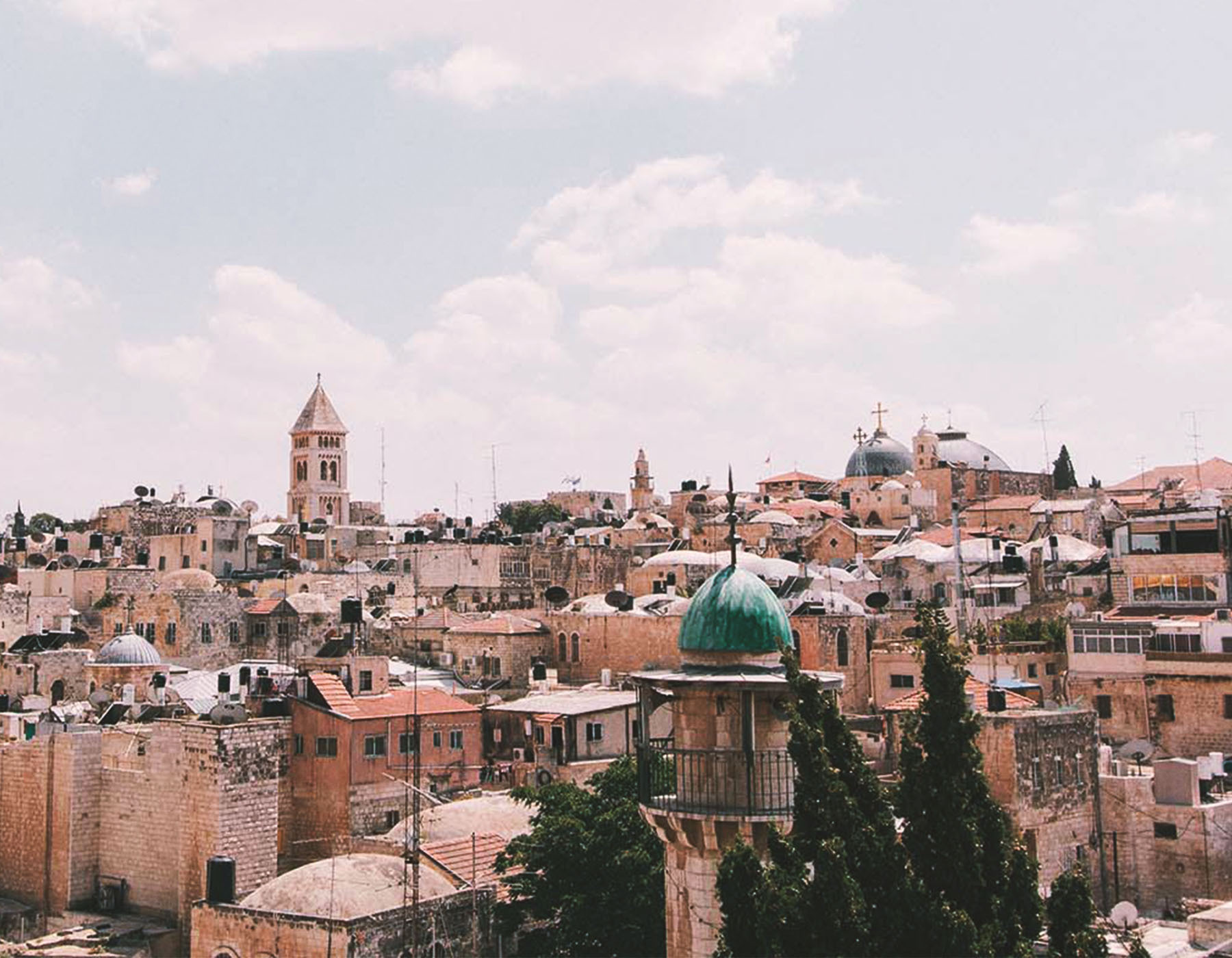
Welcome to Jerusalem
With a population of 900,000, Jerusalem is the biggest city in Israel. It is also one of the oldest cities — and one of the holiest for the three largest monothesitic traditions of Judaism, Christianity, and Islam — in the world. It draws somewhere in the vicinity of 4 million tourists annually, and offers unrivaled glimpses into the past via the Church of the Holy Sepulcher, the Western Wall, the Western Wall tunnels and Via Dolorosa. But Jerusalem is far more than a hub for religious pilgrimage. There are lots of cool bars, contemporary shops and eateries, and new boutique hotels, too. In fact, it’s home to some of the best hotels in all of Israel.
Day 6:

Stay: The Arthur is a new boutique hotel located on the famous Dorot Rishonim Street in the very center of Jerusalem. The design of the Arthur is a happy blend of vintage decor, jewel-toned details and apartment-like accommodations. Additionally, on top of offering guests both free bike rentals and free happy hour, it’s within walking distance to Jaffa Gate and the Church of the Holy Sepulcher, among other noteworthy sites.

Eat: Swing by Satya for Mediterranean-style fare and casual vibes. The menu is heavy on all-fresh menu items that include meat, fish and all other manner of seafood dishes as well as several local beers. The menu routinely changes, though if you have the opportunity definitely order the corn risotto.

Do: Take a tour of the Old City with Gura Berger of Jerusalem Development Company — she is to Jerusalem what Igal is to Israel writ large. Start at Jaffa Gate and do the Ramparts Walk. From there, head to the Western Wall, down through the Western Wall tunnels, to Via Dolorosa and the market and end at the Holy Sepulcher (make sure to wear something that covers your knees and shoulders).
Further, for the first time in history, the Old City — and, more specifically, Via Dolorosa — is fully accessible as of this summer. They’ve even just recently introduced a new app called Step Hear for the visually impaired, which follows along the Stations of the Cross and that sends an alert whenever the user is passing by a Step-Hear device.
Pro Tip: Stop at Abu Camel in the market for hummus. They don’t take credit cards, so bring cash.
Day 7:

Eat: Adom is located at the First Train Station compound — a hub for local culture, food and music — built on top of the historical Jerusalem old train station. The hearty, wholesome menu features a rotating selection of fish and butcher’s cuts, as well as a variety of burgers and several vegetarian (and vegan) options, too (in fact, we’d be remiss not to recommend the porcini butter gnocchi). They also purport to have the largest wine collection in town, which proves useful come time for dessert. And you must order dessert.
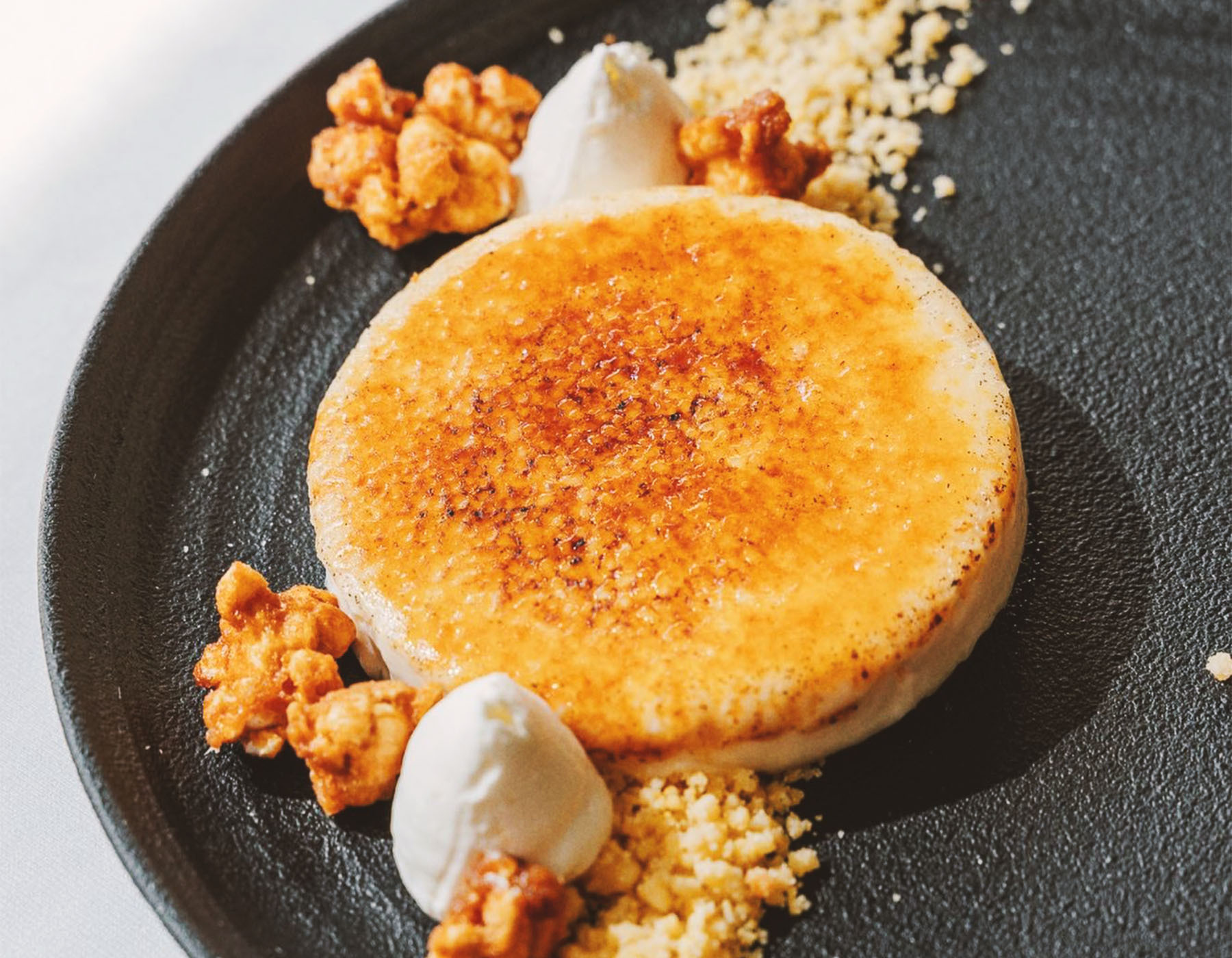
Pro Tip: Get the salted caramel ice cream.

Do: Visit Ammunition Hill and Heritage Site, the site of Israel’s Six-Day War. The memorial pays homage to the liberation of Jerusalem and attracts over 300,000 visitors annually but, more than that, it’s an embodied representation of Israel’s core values. In addition to 16-acres of battlefield, Ammunition Hill is also (appropriately) home to the largest hanging flag in the entire country.

Do Part Deux: Once you’ve finished up at Ammunition Hill, head to the Montefiore Windmill and Winery for a tasting. It’s somewhere between 100-150 years old and the only winery that grows its grapes in Jerusalem (though legend has it that, regardless of where you are in Israel, you’re never more than 20 minutes away from a winery). Order the Cabernet Reserve, and toast to a week well-spent in a beautiful country.
Fast Facts:
- There are only eight U.S. cities from which you can fly direct to Tel Aviv — Boston, Dallas, DC, Chicago, Miami, Los Angeles, San Francisco and New York — and currently Delta, American, United and El Al are the only airlines servicing the route.
- As of May 21, travelers no longer need to test to get into Israel, nor quarantine upon arrival.
- It is customary to tip somewhere between 12%-15%.
- One dollar equates to roughly three shekels.
This article was featured in the InsideHook newsletter. Sign up now.
